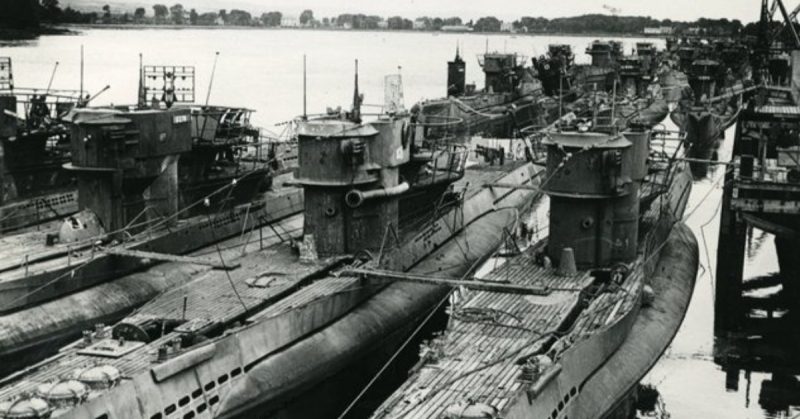German U-boats were the scourge of the high seas in the Second World War. The Atlantic was always a contested battleground with the threat of a wolf pack nearby.
These insidious machines managed to escape the crippling naval limitations imparted by the Treaty of Versailles. After the end of the First World War, Germany was limited to six battleships of no more than 10,000 tons, six cruisers, and twelve destroyers.
The torpedo is the weapon most commonly associated with submarine warfare, and rightfully so. But the U-boat also came with a deck-gun, which was often used to deadly effect when the U-boat breached the surface.
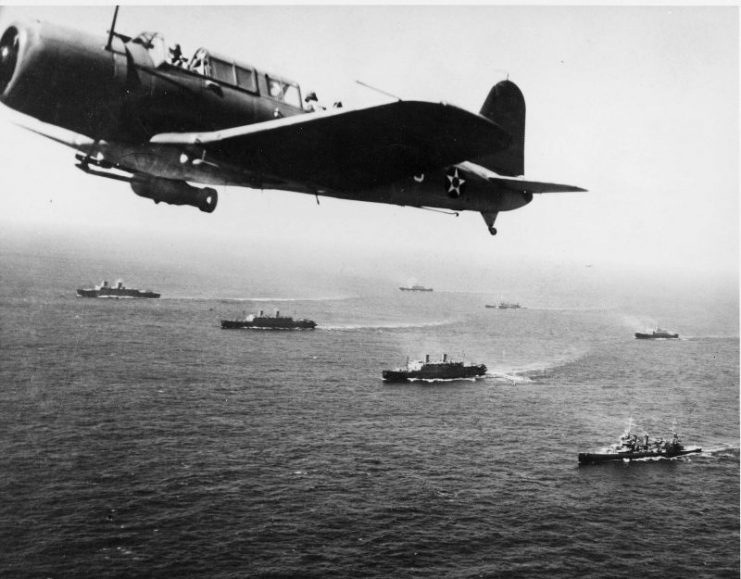
The eminence of the U-boat was enough to make even staunch Winston Churchill admit that the German U-boat was the only thing that he truly feared. Even so, the primary missions of U-boats were to disrupt supply lines by attacking convoys carrying reserve weapons, troops, and especially food supplies.
The total tally of ships sunk during the Second World War by U-boats included nearly 3,000. Of these, 2,845 were merchant ships and less than 200 were warships.
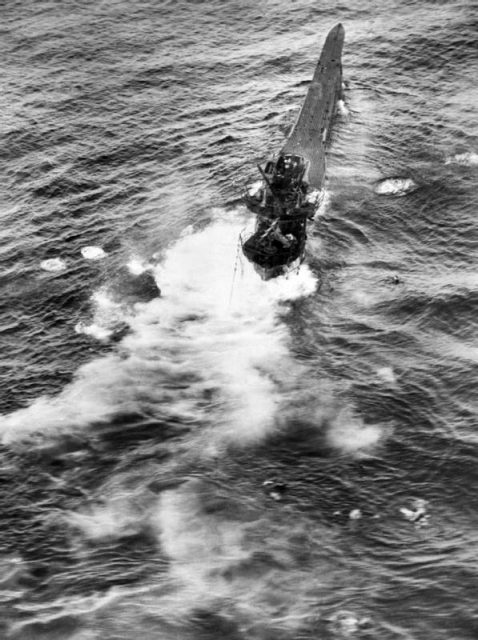
The U-530 was a Type IXC/40 submarine and considered an improvement on its smaller predecessors. It required a full complement of 48 soldiers to run smoothly. It had six torpedo tubes and a full armament of 22 torpedoes. It also came standard with an anti-aircraft gun, SK C/32 naval gun, and 180 rounds of ammunition. In terms of communications, it sported a FuMO 61 Hohentwiel U Radar Transmitter.
The U-530 joined the 10th flotilla and later on the 33rd flotilla. The crew of the U-530 was active through several patrols, where they racked up two kills and did serious damage to a third ship before being one of the final U-boats to surrender in July 1945.
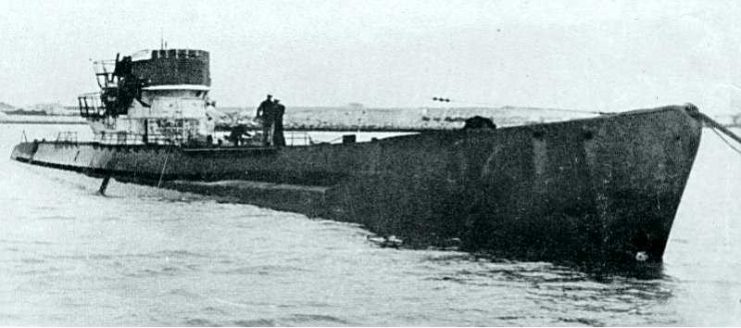
The crew ignored the order to surrender from Admiral Karl Donitz, who had taken control after the death of Adolf Hitler. Instead, they traveled to Argentina and surrendered on the 10th of July at Mar del Plata. The reason behind the captain’s insubordination still isn’t known, but several mysteries float around the submarine’s final journey.
For example, the journey took two months longer than it should have. When the U-boat finally reached its destination, the crew had no identification, the submarine’s log had disappeared, as had the deck gun.
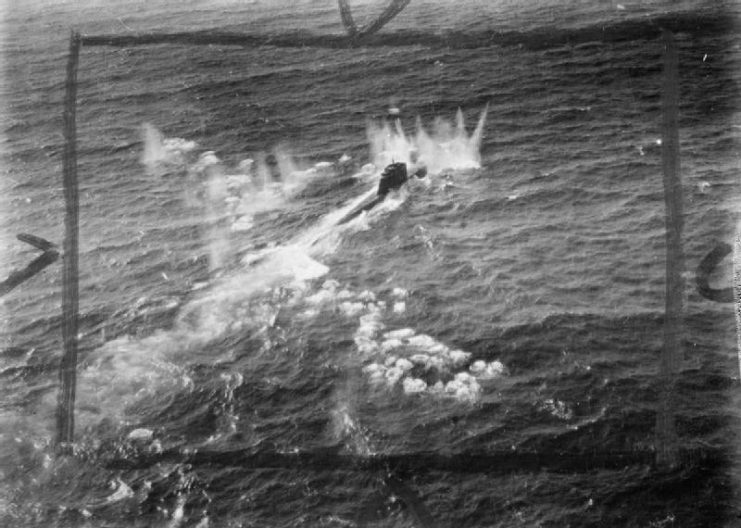
The rumor mill churned out a story that endures to this day: that the U-530 had taken a peculiar detour to spirit Hitler and Eva Braun to safety. It was then accused of sinking a Brazilian cruiser, although that accusation would later be disproved when the cause was found to be an accident aboard the cruiser.
Upon surrendering, the U-530’s crew was immediately interned prior to being sent back to Germany. The fate of the U-530 was sealed by a torpedo from an American Submarine which used it for target practice.
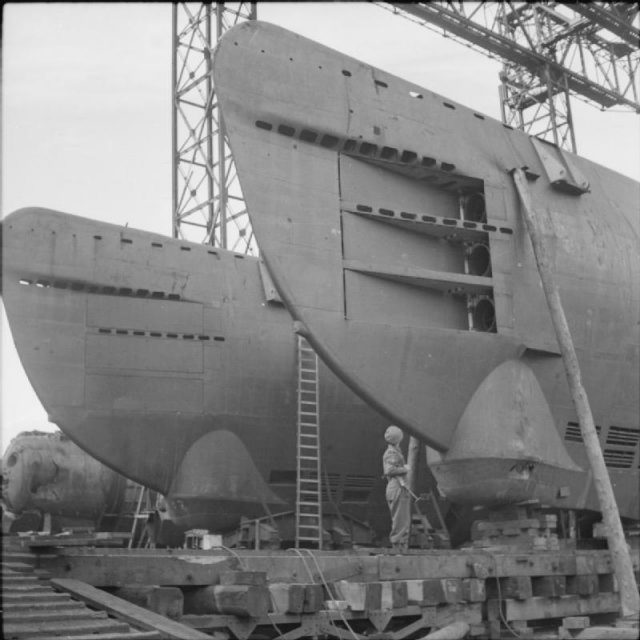
However, the U-530 was not the last of the U-boats to surrender.
The U-977 was a Type V11C U-boat with a displacement of 769 tons, five torpedo tubes with 14 torpedoes, and a naval gun with 220 rounds of ammunition. It was not as powerful as the U-530.
With the war winding down and the threat of meeting a terrible end at the hands of victorious Allied forces, the captain headed off to Argentina on August 17th, 1945. The escape route saw the U-977 travel from Norway to Bristol, through heavily defended Allied waters.
The U-boat traveled underwater for 66 days, making a total of 99 days at sea, before they arrived at Mar del Plata on the Argentinian coast to surrender to the Argentinian authorities.
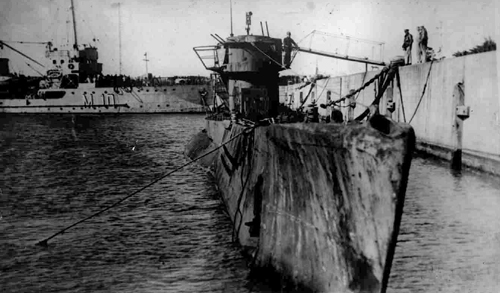
Read another story from us: Could German Aircraft Carriers Won the Battle of the Atlantic?
Rumors, not unlike those that swirled around the U-530, circulated around that the U-977 had also served as a transport for top Nazi authority figures, including Hitler and Eva Braun, as well as Nazi gold. Regardless of the veracity of the claim, the U-977 suffered a similar fate to the U-530 and was sunk to the bottom of the ocean, courtesy of the US Navy.
